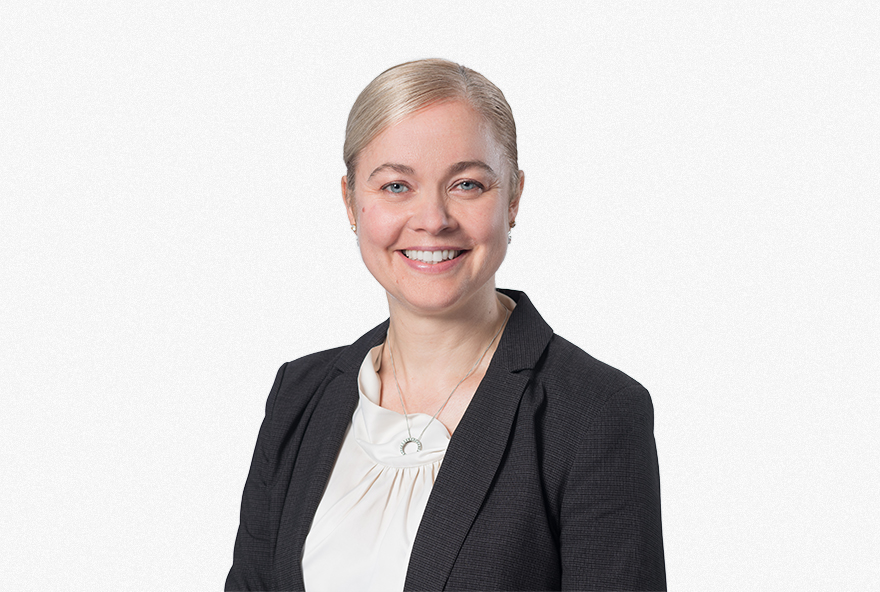
In our July 2015 newsletter we provided a high level overview of the new revenue recognition standard AASB 15 Revenue from Contracts with Customers. In this month’s newsletter we look more closely at the treatment of incremental costs of obtaining a customer contract under the new revenue standard.
1. Costs of Obtaining Contracts with Customers
Entities can incur a range of up-front costs in negotiating and securing contracts with customers, including legal costs, professional fees, staff time, stamp duties and sales commissions.
A number of other Australian Accounting Standards require the costs of obtaining a contract to be included in the carrying amount of an asset on initial recognition, including:
- AASB 102 Inventories and AASB 116 Property, Plant and Equipment, which both require the cost of an asset to include, for instance, applicable import duties and non-refundable purchase taxes incurred by the acquirer; and
- AASB 16 Leases, which will require lessees to include any initial direct costs incurred in obtaining a lease as part of the cost of the right-of-use asset (our Financial Reporting and Accounting Newsletter – January 2016 discusses IFRS 16 Leases, the international equivalent of AASB 16).
Consistent with these requirements, AASB 15 Revenue from Contracts with Customers will require, except in limited circumstances, entities to initially recognise as an asset the incremental costs of obtaining a contract with a customer provided that the entity expects to recover those costs.
2. Incremental Costs of Obtaining a Contract with a Customer
While an entity may incur a range of costs at the time it is negotiating and securing a contract with a customer, under AASB 15 the entity only recognises as an asset those up-front costs that:
(a) are incremental to obtaining the contract with the customer; and
(b) the entity expects to recover from cash flows generated by the contract with the customer.
For the purposes of AASB 15, incremental costs are those costs incurred in obtaining a contract with a customer that the entity would not otherwise have incurred had the contract with the customer not been obtained. Accordingly, under AASB 15 an entity would, for instance, recognise sales commissions paid in respect of signed customer contracts as an asset.
In some circumstances, some or all of the costs incurred by an entity in obtaining a contract with a customer may be recovered by the entity shortly after the commencement of the contract. For instance, some customer contracts require the customer to immediately reimburse the entity for its costs in obtaining the contract. Alternatively, an entity might expect to recover the costs incurred in obtaining a contract within 12 months of the commencement of the contract. For instance, where the customer contract will be completed within 12 months of commencement. In such circumstances, AASB 15 permits, as a practical expedient, an entity to recognise the incremental costs of obtaining a contract with a customer as an expense when incurred if the amortisation period of the asset that the entity would have otherwise recognised is one year or less.
3. Accounting for Incremental Costs of Obtaining a Contract with a Customer
As noted above, an entity is not permitted to recognise as an asset any incremental costs incurred in obtaining a contract with a customer that the entity does not expect to recover from the cash flows generated by the contract. Under AASB 15, the recoverability of capitalised costs is determined by comparing:
(a) the carrying amount of the asset;
to the difference, if any, between:
(b) the remaining amount of consideration that the entity expects to receive in exchange for the goods or services to which the asset relates; and
(c) the remaining costs that relate directly to providing those goods or services.
Accordingly, when (a) is greater than (b) less (c), the entity is required to recognise an impairment loss in profit or loss equal to the difference between the two amounts (i.e., (a) – [(b)-(c)]).
In assessing the recoverability of costs recognised as assets under AASB 15, it is relevant to note that:
(a) the carrying amount of an asset [(a) directly above] would potentially include both:
- (i) the incremental costs of obtaining the contract with the customer; and
- (ii) other costs incurred up to the time of the assessment to fulfil the contract with the customer that do not represent at that time an unconditional right to consideration from the customer. Such other costs include:
- a. direct labour costs (for example, salaries and wages of employees who provide services directly to the customer);
- b. direct material costs (for example, supplies used in providing the promised services to a customer);
- c. allocations of costs that relate directly to the contract or to contract activities (for example, costs of contract management and supervision, insurance and depreciation of tools and equipment used in fulfilling the contract); and
- d. costs that are explicitly chargeable to the customer under the contract; and
(b) for the purpose of determining the amount of consideration that an entity expects to receive, the entity uses the principles in AASB 15 for determining the transaction price (refer to our Financial Reporting and Accounting Newsletter –July 2015 for a more detailed discussion on the principles in AASB 15), except for the requirements on constraining estimates of variable consideration, in which case the entity would:
- (i) include in the calculation any future cash flows that were considered too uncertain (i.e., for which it was highly probable that a significant reversal in the amount of cumulative revenue would occur) to include in the determination of the transaction price; and
- (ii) adjust that amount to reflect the effect of the customer’s credit risk.
In addition to being assessed for impairment annually, costs incurred to obtain or fulfil a contract that are recognised as an asset are required to be amortised on a systematic basis that is consistent with the transfer to the customer of the goods or services to which the asset relates.
The following example demonstrates impairment testing of capitalised contract costs under AASB 15.
PP Construction Ltd incurs incremental costs in obtaining a construction contract of $100,000. At the inception of the contract, management of PP Construction Ltd expected that the entity would recover the incremental costs through the margin inherent in the contract. The term of the contract was 5 years and management anticipated that it would transfer to the customer the goods and services under the contract evenly over the term of the contract.
At the end of the first year of the contract, management identified that total costs to fulfil the contract are likely to exceed the original expected total costs. At this date, management made the following assessment of the contract.
| Contract cost asset | ||
| Initial cost | $100,000 | |
| less accumulated amortisation | ($20,000) | |
| Net carrying amount of contract cost asset (A) | $80,000 | |
| Remaining amount of consideration PP Construction Ltd expects to receive under the contract | $4,500,000 | |
| Expected costs required to fulfil the contract | $4,440,000 | |
| Estimated margin (B) | $60,000 | |
| Impairment loss on contract cost asset (B – A) | $20,000 | |
AASB 15 requires entities to assess any costs recognised as assets for impairment at the end of each reporting period. However, before recognising an impairment loss on capitalised contract costs, the entity needs to recognise any impairment loss for assets related to the contract that are recognised as part of another asset in accordance with another Australian Accounting Standard, such as AASB 102, AASB 116 or AASB 138: Intangible Assets. After applying the impairment test applicable to capitalised contract costs, the entity would include the resulting carrying amount of the asset in the carrying amount of the cash-generating unit to which it belongs for the purpose of applying AASB 136 Impairment of Assets to that cash generating unit.
4. Application Date
AASB 15 mandatorily applies to annual reporting periods beginning on or after 1 January 2018, but early application is permitted. In addition, entities are permitted to adopt AASB 15:
- on a fully retrospective basis, in which case the standard is applied to all periods presented in the first set of financial statements prepared in accordance with AASB 15; or
- on a modified retrospective basis, in which case the cumulative effect of initially applying AASB 15 is accounted for as an adjustment to the opening balance of retained earnings (or other component of equity, as appropriate) of the annual reporting period that includes the date of initial application. Under this approach, an entity applies AASB





